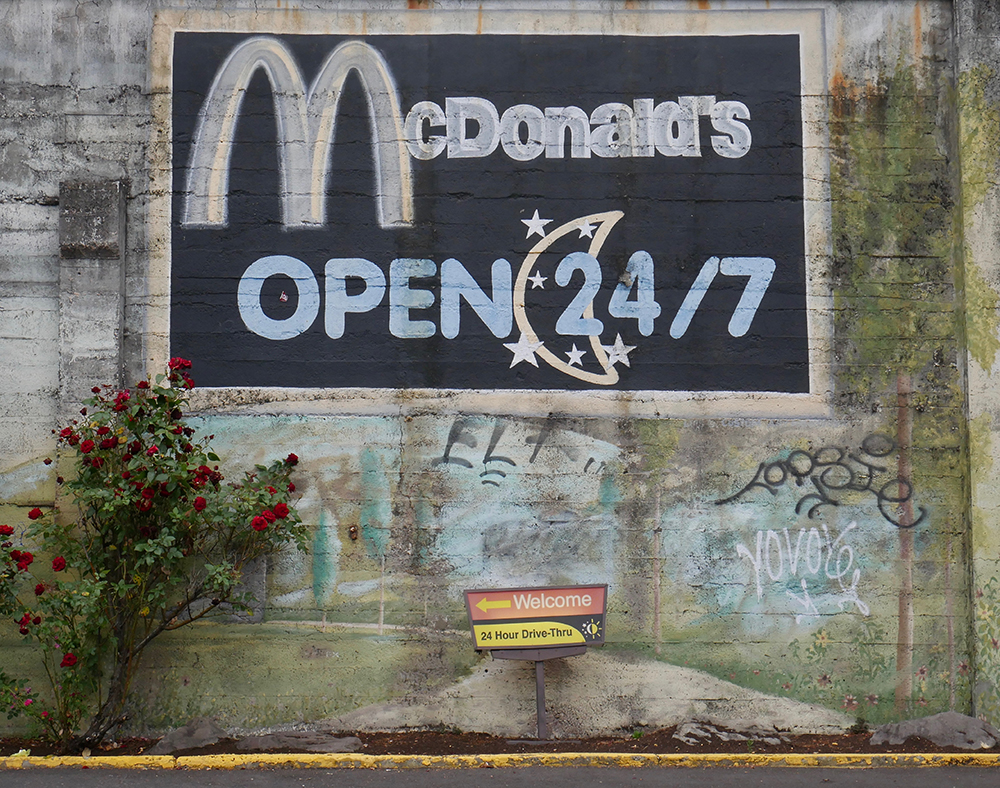
WASHINGTON The Biden administration entered the White House with an eye toward relieving the strain of student loan debt, particularly amid the added financial burden of the coronavirus pandemic.
On day one in office, President Joe Biden signed an executive order extending a pause student federal loan payments enacted by the previous administration as part of COVID relief. Progressive activists and lawmakers have urged the president to go further and cancel student loan debt, but he has said firmly that he does not believe he has the authority to do so by executive order.
That changed Thursday, when White House chief of staff Ron Klain said that Biden asked his education secretary to explore the president’s authority to cancel student loan debt, a sign he is open to moving left on the issue.
What’s next on infrastructure plan: How does Biden plan to get it through Congress?
Critics of student loan debt forgiveness, including conservatives and some liberals, argue that it would unfairly benefit higher-income earners with college educations, and that individuals who took out loans have a responsibility to pay them back, regardless of circumstance.
Bidens push for student loan reform
Biden has thus far been hesitant to bypass Congress for such actions as canceling student loan debt. But since the days of his campaign, he has acknowledged a need for reform for those with “debilitating” student debt.
“I understand the impact of debt,” he said at a CNN town hall in February.
Biden said student loans should have 0% interest – a move he enacted alongside the repayment freeze through September – as well as expanded student loan forgiveness for public-sector workers. He’s also canceled debt for students who were defrauded by for-profit schools.
He’s hesitant to cancel loan debt for those who went to top-tier schools, though. The federal government should not forgive debt for students who went to elite schools like “Harvard and Yale and Penn,” Biden said.
Trump and Biden froze federal student loans: Should borrowers pay or pause before they thaw?
On Thursday, Klain said Biden asked Education Secretary Miguel Cardona to craft a memo on the president’s executive authority to cancel student loan debt. Still, the president hasn’t made any decision on what he will do.
“He’ll look at that legal authority, he’ll look at the policy issues around that and he’ll make a decision,” Klain said in an interview with Politico Playbook.
Enacting student loan forgiveness through Congress might be difficult in an evenly split Senate.
College costs are on a steep rise
College costs have steadily risen in recent decades, making the price tag of a higher education all but unaffordable without the assistance of student loans for many.
At the same time, students have been told that prosperous lives depend on a higher education. First-year students responding to a UCLA nationwide survey placed a higher importance on making more money and obtaining a better job as reasons for going to college in 2019 than students in the last 45 years. But the high cost of college has increased the debt that recent graduates have to climb out of as they start their careers.
U.S. News and World Report’s analysis of its ranked national universities shows that in the last 20 years, average tuition at private colleges rose by 144%; at public universities for out-of-state students by 165%; and at public universities for in-state students by 212%.
Data collected by the College Board shows that, after adjusting for inflation, over the last two decades, average tuition and fees at public four-year institutions have increased by over $5,000, and at private colleges and universities by more than $13,000 annually.
This school year, the College Board found that the average first-time, full-time student at a public, four-year college has to pay $14,850 in tuition, fees and boarding after grant aid. The average student at a private institution must cover $29,110 after grant aid. This does not include additional costs such as books, supplies and transportation.
Americans currently hold about $1.7 trillion in student loan debt, according to Federal Reserve data, with the average 2019 graduate of private or public colleges holding an average of $28,950 in debt, according to the Institute for College Access and Success.
Lawmakers like Ocasio-Cortez have argued that’s why public college should be tuition-free.
“The more college costs soar, the more degrees become a measure [of] privilege than competence. Our country would be better off if we made public colleges tuition-free & cancelled student loan debt,” she tweeted.
President Biden pitches $2 trillion infrastructure and jobs plan
The White House is comparing President Joe Biden’s infrastructure proposal to the construction of interstate highways and the Space Race.
Progressives want Biden to forgive $50,000 in student loan debt
Citing mounting debt for current generations of college graduates, many Democrats have asked Biden to commit to $50,000 in federal student loan forgiveness per borrower, putting mounting pressure on him to bypass Congress through the use of executive action.
Student loan debt reached an all-time high in 2020 of more than $1.7 trillion. The average graduate also reached a record in loan debt of over $30,000 in 2019 for the first time since U.S. News and World Report tracked data, which is more than $6,000 higher in debt on average than a graduate held 10 years prior.
The president has held off in the past, arguing that he doesn’t have the authority to do so, though previous presidents including Barack Obama and Donald Trump have provided student debt relief through similar action.
Biden has also said that student debt forgiveness would need to be justified against other policy priorities.
“Is that is going to be forgiven, rather than use that money to provide money for early education for young children who come from disadvantaged circumstances?” Biden asked at the CNN town hall.
Senate Majority Leader Chuck Schumer, D-N.Y., and Sen. Elizabeth Warren, D-Mass., have said they believe the president has the authority to cancel $50,000 in loans, and have urged him to do so immediately.
“Studies show that student debt cancellation can substantially increase Black and Latinx household wealth and help close the racial wealth gap, provide immediate relief to millions who are struggling during this pandemic and recession, and give a boost to our struggling economy through a consumer-driven economic stimulus that can result in greater home-buying rates and housing stability, higher college completion rates, and greater small business formation,” the pair said in a statement last fall urging the next president to cancel federal student loan debts.
Visual: Joe Biden wants to spend $2 trillion on infrastructure and jobs. These 4 charts show where the money would go.
“Even before the coronavirus pandemic plunged our economy into chaos, student loan borrowers were already in crisis,” Warren said.
Other progressives, including Rep. Alexandria Ocasio-Cortez, D-N.Y., have pushed back against Biden’s point that student debt forgiveness might come at the cost of other education programs. “Nowhere does it say we must trade-off early childhood education for student loan forgiveness. We can have both,” she said.
“Many won’t fully feel $10k in forgiveness until after a Biden presidency is over, when they’ve spent 10 years paying off the other $20k+,” Ocasio-Cortez tweeted. “Dems should be championing policy that people can feel ASAP. We need to go big.”
1. Who cares what school someone went to? Entire generations of working class kids were encouraged to go into more debt under the guise of elitism. This is wrong.
2. Nowhere does it say we must trade-off early childhood education for student loan forgiveness. We can have both. https://t.co/5oPKeMfV3r
Alexandria Ocasio-Cortez (@AOC) February 17, 2021

 Subscribe to The Daily Telegraph to get unrestricted digital access, home paper delivery, Apps for iPad and Android, member only +Rewards and much more…
Subscribe to The Daily Telegraph to get unrestricted digital access, home paper delivery, Apps for iPad and Android, member only +Rewards and much more…  Do you compost or buy second hand?
Do you compost or buy second hand?  The Newsreader review: Exhilirating Australian prestige drama
The Newsreader review: Exhilirating Australian prestige drama  Local shares fell on Friday as investors make last-minute adjustments to their portfolios ahead of the main index’s rebalancing, while unease over rising infections grows.
Local shares fell on Friday as investors make last-minute adjustments to their portfolios ahead of the main index’s rebalancing, while unease over rising infections grows. 

